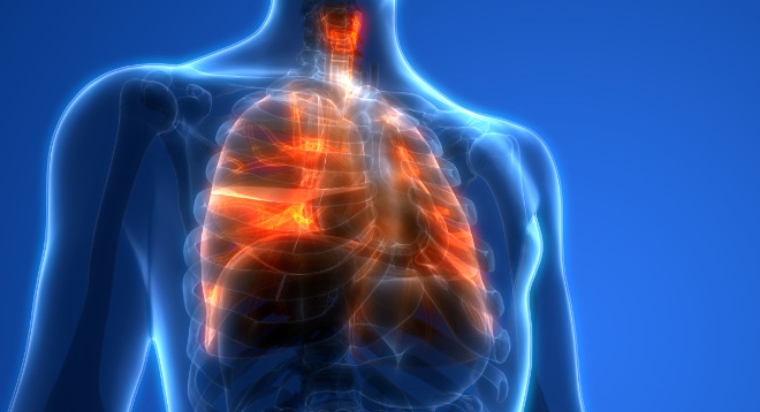Pulmonary hypertension is one of the most common of all pulmonary diseases ranging from asthma to others like chronic obstructive pulmonary disease (COPD). However, few know what it is and how to handle it. Here is what you need to know about pulmonary hypertension and how it can be treated.
What is pulmonary hypertension?
Pulmonary hypertension is a term used to describe the class of high blood pressure that affects the right side of the heart and the arteries in the lungs. It occurs when the pressure in the blood vessels from the heart to the lungs is too high. When pulmonary hypertension occurs, the arteries in the lungs become narrow making it difficult for oxygenated blood to flow correctly. A wide range of factors causes pulmonary hypertension. Causative factors range from cirrhosis, coronary artery disease, blood clots in the lungs, and chronic obstructive pulmonary diseases.
Types of pulmonary hypertension
There are several types of pulmonary hypertension. However, unlike other diseases, Pulmonary hypertension is classified and categorized by the possible causative factors responsible for the disease. Pulmonary hypertension is divided into five major categories.
Category A: Pulmonary arterial hypertension (PAH)
The causes of pulmonary hypertension range from the use of certain drugs/substances, changes in genes, and congenital heart disease at birth to other factors such as tissue disorders and cirrhosis. On certain occasions, the cause of Pulmonary arterial hypertension might be unknown.
Category B: Left-sided heart disease
Here, the causes of pulmonary arterial hypertension are either a failure of the left ventricle (lower heart chamber) or diseases of the left-sided heart valve (mitral valve or aortic valve disease).
Category C: Lung disease
In this category, Pulmonary disease is caused by consistent exposure to environments of high altitudes especially when the involved individuals are already at risk of pulmonary disease, obstructive sleep apnea, chronic obstructive pulmonary disease (COPD), or scars on the tissues between the air sacs of the lungs.
Category D: Chronic blood clots
In this category, all clotting disorders including pulmonary embolism can cause pulmonary hypertension.
Category E: Other health conditions
Apart from the above causative factors, other ailments can influence or support pulmonary hypertension. These health challenges range from kidney diseases, blood disorders, inflammatory disorders, especially vasculitis, metabolic disorders, tumors, and Eisenmenger syndrome.
Symptoms of pulmonary hypertension
The symptoms of pulmonary hypertension can be quite difficult to recognize. Apart from the fact that it can be mistaken for another disease because of its numerous causative factors, the symptoms of pulmonary hypertension develop slowly thus making it less easy to identify.
That said, the symptoms of pulmonary hypertension range from dizziness, fatigue, pound palpitations (fast pulse), pressure and pain in chest regions to cyanosis (paleness of skin and lips), swelling, and difficulty in breathing.
Treatment options
Recognizing the signs and symptoms of pulmonary hypertension is critical, especially to anyone who stands a risk of having it. This is because the symptoms of pulmonary hypertension manifest slowly and can easily be mistaken for another disease. Since there is no exact cure for pulmonary hypertension, early discovery, and diagnosis increases a patient’s chances of survival.
However, there are treatment options that a lung doctor would recommend:
Depending on the recommendations and guidance of a heart and lung doctor, a patient is welcome to explore a host of medications ranging from water pills, digoxin, high-dose calcium channel blockers, anticoagulants, vasodilators to surgical techniques such as lung or lung-heart transplant and arial septostomy.
You might also want to ensure that you;
- Eat healthily.
- Follow the prescriptions of the health expert.
- Get sufficient rest.
- Avoid high altitudes and tobacco products.
- Seek counsel before getting pregnant.
- Stick to the appointments with your doctor.
Pulmonary hypertension is a serious disease and knowing as much as possible places you in a better position to handle it. Apart from reading articles like this, you can speak to medical health professionals by clicking here. You will be provided access to medical services that meet your health needs.



 Translate
Translate

